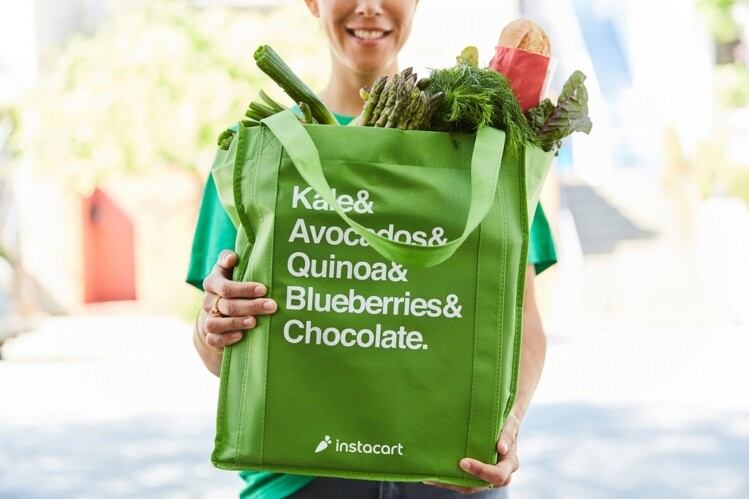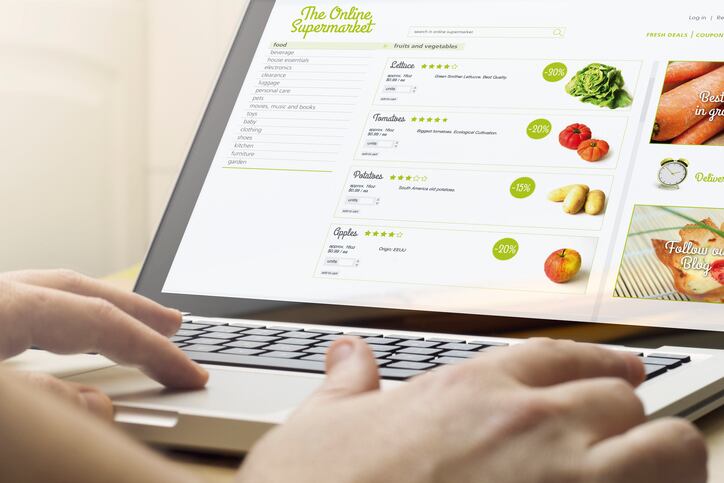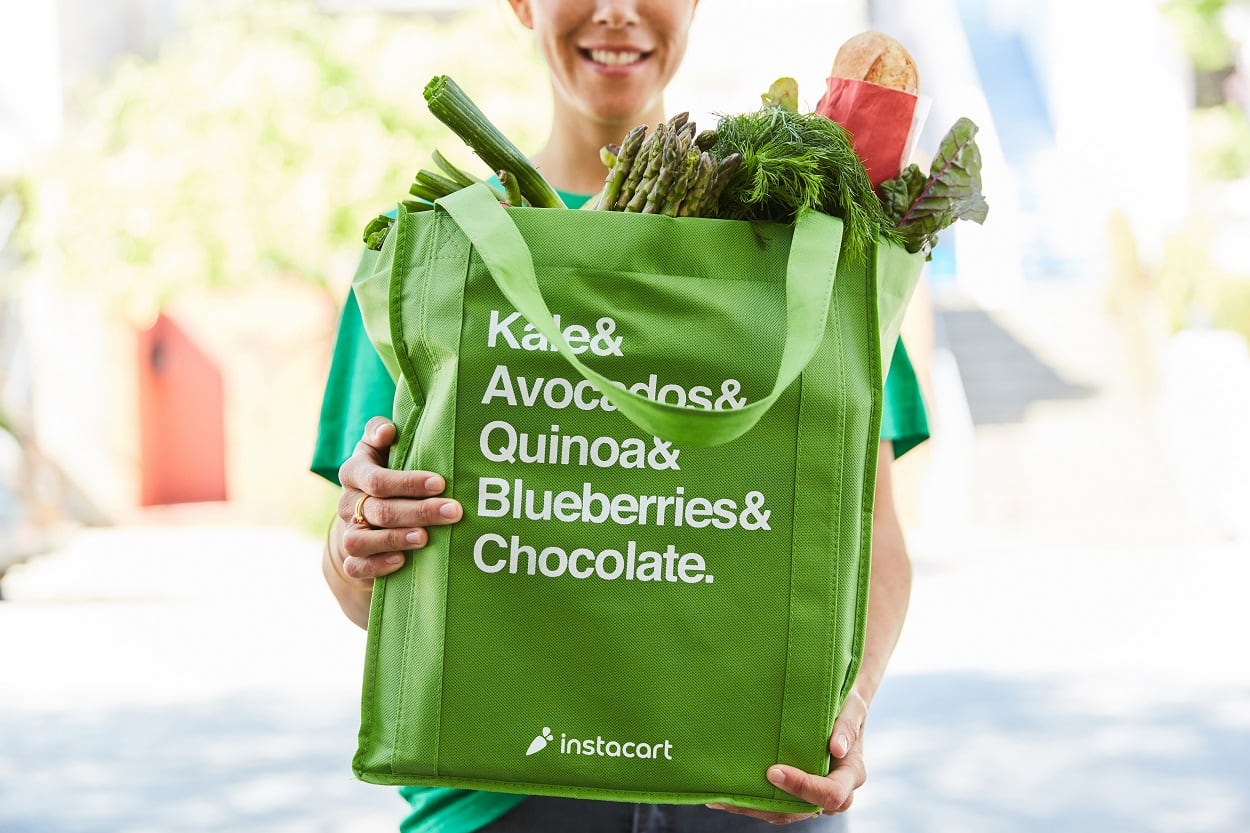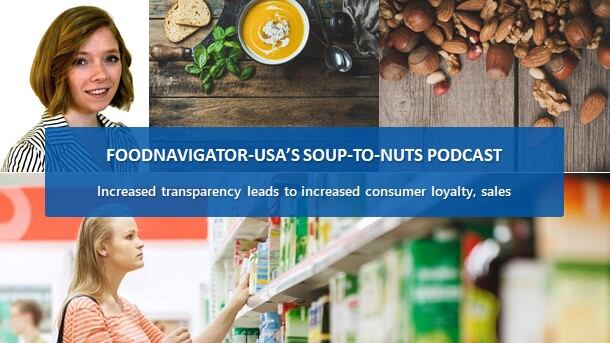Additionally, Packaged Facts forecasted that between 2018 and 2023, online grocery sales will more than quadruple as online options become more available and consumers become more open to trying online shopping.
Amazon and Walmart together account for nearly 28% of online grocery sales, according to the report, while third party companies like Instacart, FreshDirect, and Peapod represent other large providers in the online grocery market.
“Three key factors have created a perfect environment for growth of the online grocery market in the U.S. over the last five years,” said David Sprinkle, research director for Packaged Facts.
“There’s been increased use of mobile phones and smartphones, interfaces for websites and mobile apps have improved, and there’s been a notable expansion of crowdsourced business models to shopping and delivery.”
The latter refers to gig-economy models like Instacart—which this week just raised $600m in financing—where the company outsources its fleet of shoppers and delivery vehicles to individuals who sign up as independent contractors.
“Instacart is the dominant third-party pack-and-deliver company due to its numerous partnerships with grocery chains,” Cara Brosius, Market Research Analyst at Packaged Facts and author of the report told FoodNavigator-USA.
“This latest round of funding shows that investors believe in the power of Instacart to continue growing its partnerships with mid- and small-sized grocery chains as they adapt to pressures from Amazon and Walmart.”
Related news from this week
Instacart raises $600m in latest funding round: ‘The industry is at a tipping point’
16-Oct-2018 By Mary Ellen Shoup

Instacart has raised $600m in a financing round led by D1 Capital Partners, bringing its total funding raised – in Iess than one year – to $1.6bn, raising the e-commerce company’s valuation to $7.6bn.
Amazon actually lost market share post Whole Foods acquisition
Packaged Facts collected data from its own National Consumer Survey conducted in August and September of 2018 on 2,000 national representative US adults. Supplementing the data was information from Simmons Research LLC, as well as online and traditional food and beverage sales from the US Census Bureau, the US Bureau of Labor Statistics, and the US Bureau of Economic Analysis.
They found that most of the online grocery delivery market’s growth occurred since 2016, the report revealed. This is the period when ecommerce platforms and conventional grocers increased their geographic footprint with expanded service areas.
One prime example from this time was Aldi’s nationwide roll-out of delivery with Instacart after testing it in three cities, as well as Amazon’s acquisition of Whole Foods which led many to speculate its market dominance.
In Amazon’s case, it actually led to the ecommerce giant losing market share in 2018 as more store-based grocers ramped up their online ordering services, often through partnerships with third-party delivery services, according to the report.
“Even though many grocery stores do not have the infrastructure to offer delivery directly, these grocers can remain competitive with the biggest players in the space when they partner with companies like Instacart,” Brosius said.
“Investors were certainly happy to hear Aldi's recent announcement that it is expanding its partnership with Instacart to stores in 35 states. Such a move from a large company may convince more small grocers to start working with Instacart in order to offer online grocery shopping and remain competitive,” she said.
“Continued investments in Instacart reveals that third-party pack-and-deliver companies are gaining traction in the online grocery market at the expense of online-based companies such as Amazon, which have a harder time delivering fresh foods to customers.”
Who’s more likely to order groceries online?
According to Packaged Facts’ report, retailers and grocery delivery providers can grow their number of users by tapping into three demographics: Millennials and Generation X shoppers—who already use the internet for daily activities and shop online regularly, make up a big share of online shoppers.
This is followed by older people and others with mobility issues, and finally parents with young children, a very busy group that values family time and eating and cooking healthy meals.




